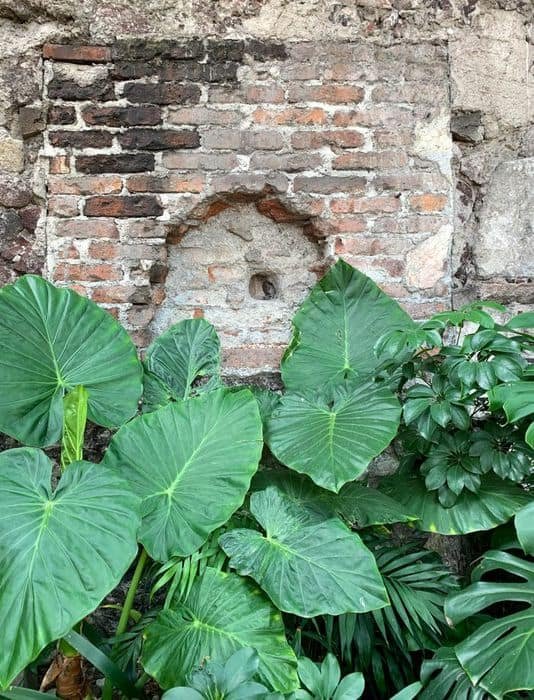9 Best Shade Trees for Backyard
As another winter comes to an end and spring is on the horizon, it is time to consider the best shade trees to plant in your backyard. Though the process will take some time, it is best to start sooner rather than later if you are someone who is looking for comfort and shade when doing activities in their backyard. So, what are the best shade trees?
There is a wide variety of options to choose from when considering the best shade tree for your backyard. Along with providing shade, some options will also benefit your environment and the wildlife in your community. In this article, you will learn about the best shade trees for your backyard, their benefits, and the time it will take to grow them.
Table of Contents
Best Shade Trees
Before planting a tree in your backyard, make sure you know the size and the practicality of your choice. Also, be aware of how long your tree will take to grow. If you are planting a tree at a property you do not intend on staying at long-term, you may not be around to reap the benefits of your tree.
Because of how long it takes trees to grow, they are a long-term investment, and it is one you should consider carefully. You also need to consider your neighbors, community guidelines, and any other relevant rules, regulations, and impacts of planting particular trees, especially those that will grow massive.
Hybrid Poplar
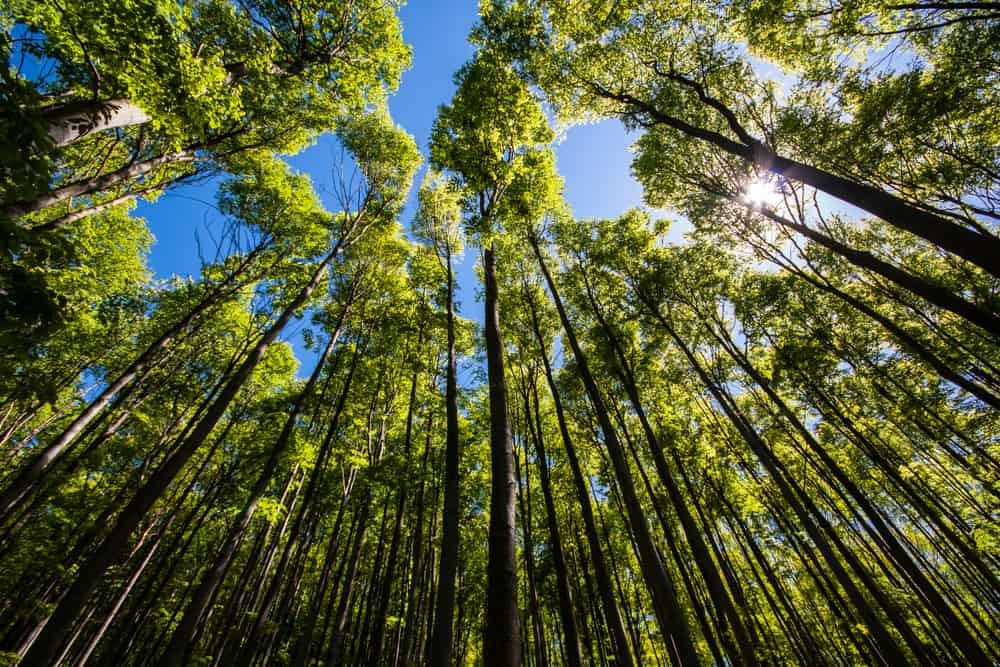
If you are looking for speed and verticality, the hybrid poplar is the choice for you. These trees are perfect for a variety of backyards because they:
- Grow at a pace of 5 to 8 feet a year
- Can provide a larger range of shade than some smaller trees
Hybrid poplar trees are perfect for those who are looking for a quick-growing option to get shade as soon as possible. While 5 to 8 feet a year might still sound slow, it is an incredible speed in the world of trees.
The Populus deltoides x Populus nigra hybrid poplar is the recommended choice for the yard because it is less messy than other options. However, as with all things, do your own research. What works for most might not work for your yard.
Nuttall Oak
Aside from being one of the fastest-growing oak trees, the Nuttall oak provides environmentally-friendly benefits to your backyard, such as acorns. This tree will add style and color to your backyard, along with a leafy canopy that provides plenty of shade.
This oak also makes for an excellent patio or street tree because of the headroom it leaves between its branches.
Northern Catalpa
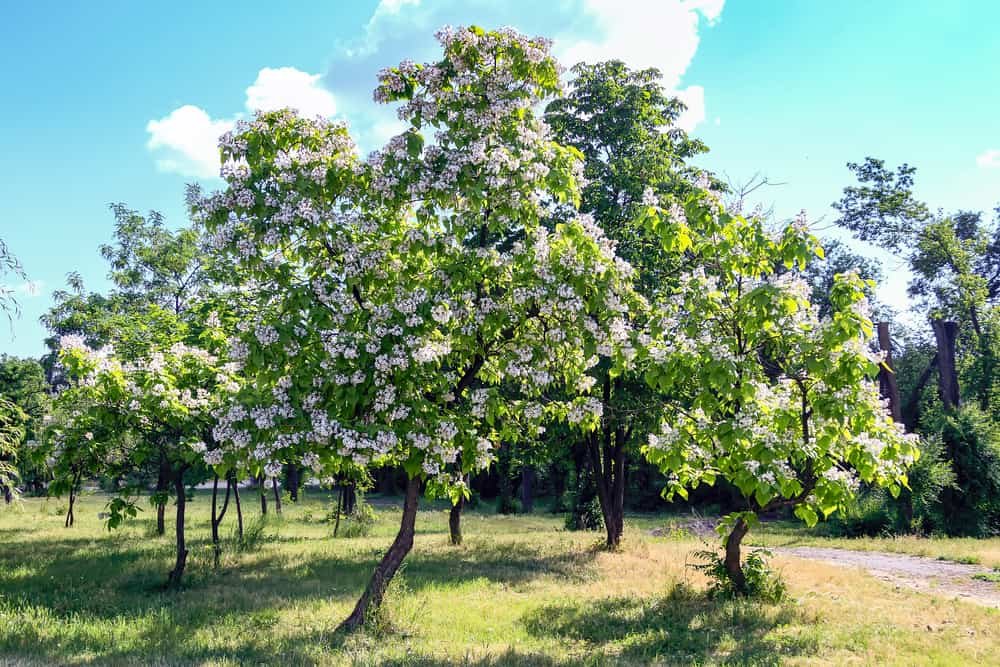
Another fast-growing option, the northern catalpa, is an excellent addition to your backyard, and not only for its shade but for its unique and showy leaves. The branches will start bare, but they will eventually begin to form large, heart-shaped leaves. The catalpa does not ask to be the main attraction in your garden, just a part of the view.
The growth rate of a northern catalpa is not bad, and it grows quite tall and sturdy, making it ideal for backyard shade.
Paper Birch
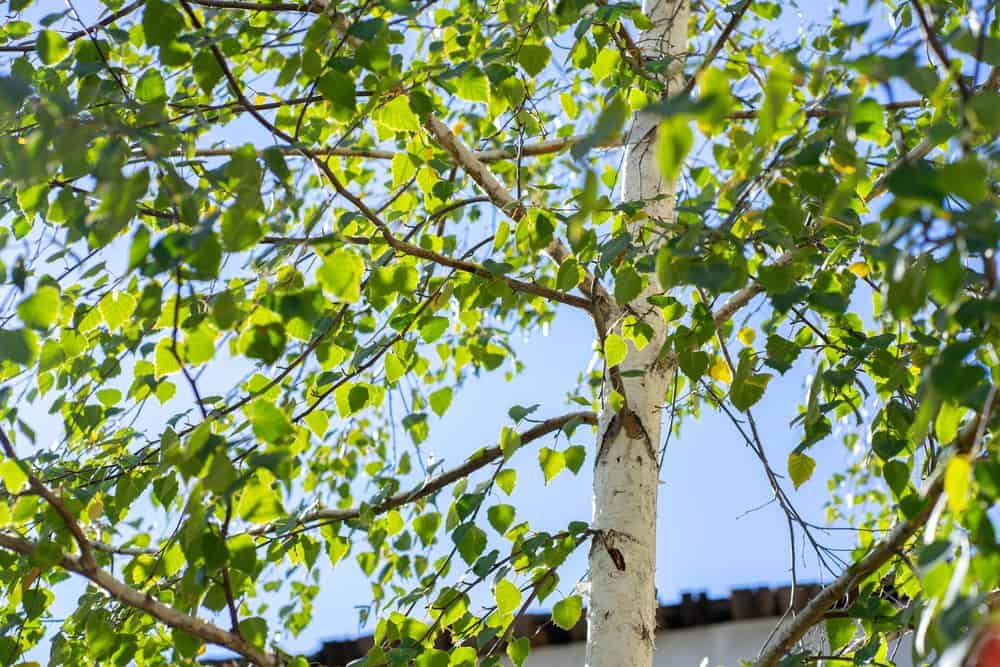
The paper birch is a rather unique offering among the trees on this list, providing more than just shade for the yard graced by its presence. It also offers:
- Fast growth
- Unique white bark
- Produces syrup through its sap
The paper birch can add to the color and aesthetic of any backyard, proving a versatile and attractive option. Additionally, this tree will typically not take up too much space in your yard while still providing excellent shade.
Red Maple

The red maple is a popular choice for those with larger backyards. A tree that can grow up to 60 to 90 feet, and sometimes even larger, the red maple makes an excellent choice. After all, the massive growth potential of this tree means a large range of shade for your yard.
Additionally, it is a great choice due to its color during the fall, which will turn a dark and maple red, just as its name describes. The beautiful red leaves make for quite the sight.
American Sycamore
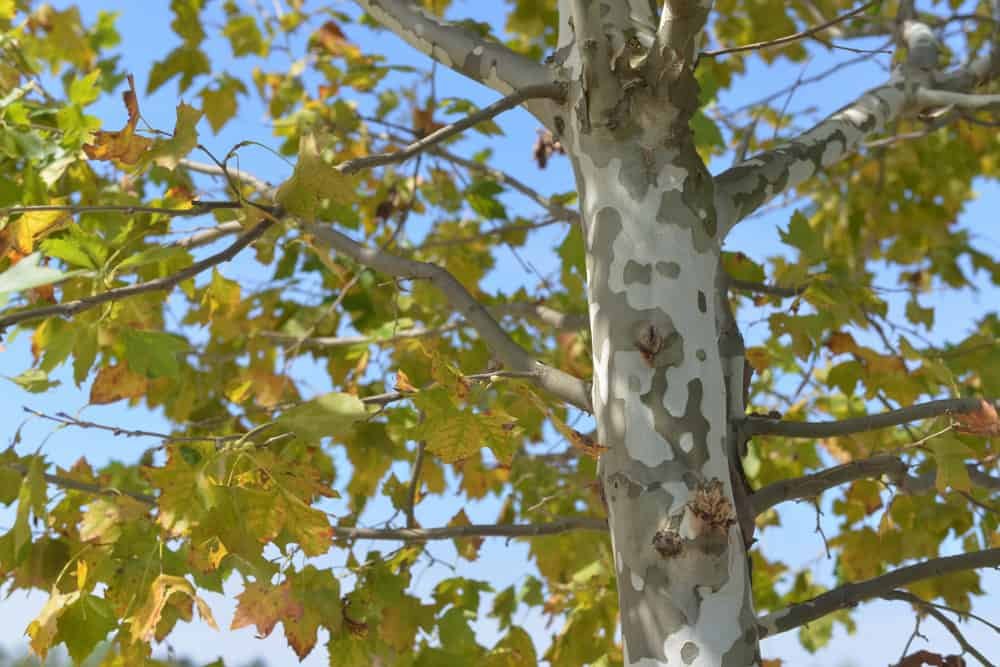
The American sycamore is a classic tree that is often referred to as the American plane tree. This tree can grow to be very large and is not practical for small lawns. However, it can add value and shade to a large yard or front lawn.
Growing to around 70 feet or more, the sycamore will be the highlight of any lawn it is planted on.
Options for Smaller Yards
If some of the options above still seem too large or seem like too much work for the vision you have for your yard, consider some of these smaller and more compact options that will not completely overwhelm your backyard.
- Magnolias: A beautiful small to mid-sized tree that produces white and pink flowers that will add shade and color to your landscape.
- Flowering Dogwood: Another aesthetically pleasing tree to add a vibrant feel to any garden or backyard. This tree has a rapid growth rate and grows white flowers that will add color and shade to your lawn.
- American Elder: A more traditional looking shade tree with its own unique twist. The American elder grows green leaves with clusters of yellowish star-shaped flowers. A tree with a typically small to mid-sized growth potential that will provide a bit of shade and a lot of color to your yard.
These are only some of the best options for shade trees to plant in your backyard. What is best for your yard may not be best for someone else’s yard. After going over these options, your next step is to do your research and make sure that you are making the right choice for your backyard.
Determining Factors
It is recommended that you ask a local expert in your region about what the best option is for you and your environment. Some of the factors that you will want to look into include:
- Temperature
- Annual rainfall
- Frost dates
- Size
- Growth rate
If you live in a region where it is predominantly hot year-round, and you see a lack of rainfall, you will see fewer results than someone who lives in areas that see spurts of rain throughout the year.
Benefits of Shade Trees
If you live in a hot region like Florida, shade trees are ideal for protecting from UV rays and uncomfortable temperatures. However, even if you do not live in an area that sees heat year-round, shade trees can also protect your home from elements such as snow and wind.
In dry areas like parts of Arizona, shade trees can be a benefit to your garden and landscape. Overexposure to heat without and natural rainfall can severely damage your garden. Planting a shade tree will give your garden a break from the consistent exposure to direct heat.
Trees also help improve the environment in your community. Trees help absorb carbon dioxide into their wood, which helps in slowing the rate of global warming. They also limit flooding and soil erosion by absorbing thousands of liters of water, which is especially beneficial to regions that experience frequent storms and rainfall.
Lastly, larger shade trees can provide added privacy to your backyard if you are in a community of nested housing. Rather than having exposed land, your backyard will have a natural barrier that will create a more secluded and private atmosphere for you and your family to enjoy your backyard without being bothered.
Be sure to checkout our article on what plants grow well in a shaded area, if you reside in Florida. If you have shade trees, then you’ll also need to know how you can landscape around exposed tree roots!



